Safety Implications of IoT Devices for Homes
The rise of the Internet of Things (IoT) has transformed our homes into smart living spaces, but with this transformation comes a plethora of safety implications that homeowners must consider. As we embrace the convenience of smart devices—from automated lighting systems to advanced security cameras—we also open the door to potential vulnerabilities that can compromise our home security. It’s essential to understand these risks to effectively manage and mitigate them. After all, what good is a smart home if it isn’t secure?
IoT devices are designed to enhance our lives by providing greater control and efficiency in everyday tasks. However, the interconnected nature of these devices means that a flaw in one can lead to a cascade of security issues affecting others. For instance, a compromised smart thermostat could potentially allow unauthorized access to your home network, leading to a breach of your personal data or even physical security. This interconnectedness raises the stakes, making it crucial for homeowners to be aware of the safety implications involved.
Moreover, many consumers may not realize that the convenience of these devices often comes at the cost of their privacy. IoT devices frequently collect vast amounts of personal data, including usage patterns and even sensitive information. The challenge lies in ensuring that this data is adequately protected from unauthorized access and cyber threats. Imagine your smart refrigerator sending your grocery list to a hacker instead of your phone—it's a chilling thought that underscores the importance of robust security measures.
In order to navigate the complexities of IoT safety, homeowners need to adopt proactive strategies to safeguard their devices. This involves not only understanding the technology itself but also keeping abreast of potential vulnerabilities and best practices for security. By being informed and vigilant, homeowners can significantly reduce the risks associated with IoT devices in their homes.
As we delve deeper into the safety implications of IoT devices, we will explore common security vulnerabilities, data privacy risks, and the importance of regulatory standards. By understanding these aspects, homeowners can take informed steps to protect their smart homes, ensuring that the benefits of IoT technology do not come at the expense of their safety.
- What are IoT devices? IoT devices are everyday objects that connect to the internet, allowing them to send and receive data. Examples include smart thermostats, security cameras, and home assistants.
- How can I secure my IoT devices? To secure your IoT devices, ensure that they have the latest software updates, use strong and unique passwords, and enable encryption wherever possible.
- What are the risks associated with IoT devices? Risks include unauthorized access, data breaches, and vulnerabilities due to poor security measures, which can compromise your home network and personal information.
- Are there regulations for IoT device security? Yes, various regulations are being developed to ensure the safety and security of IoT devices, aiming to protect consumers and their data.

Understanding IoT Devices
The world of Internet of Things (IoT) devices is vast and fascinating, transforming our homes into smarter, more efficient living spaces. From smart thermostats that learn your heating preferences to security cameras that can alert you to unusual activity, these devices are designed to make our lives easier. But what exactly are IoT devices? At their core, they are everyday objects embedded with sensors, software, and other technologies that connect to the internet, allowing them to collect and exchange data. This connectivity enables them to perform tasks autonomously, enhancing convenience and efficiency in our daily routines.
Imagine your refrigerator sending you a notification when you're low on milk or your thermostat adjusting the temperature based on your daily schedule. This level of interactivity is not just a luxury; it's becoming a standard expectation in modern homes. However, while the benefits are clear, it’s crucial to understand the potential safety implications that come along with these advancements. The more connected your home becomes, the more vulnerable it can be to cyber threats.
To truly grasp the significance of IoT devices, let’s break down some of the most common types you'll find in residential settings:
- Smart Thermostats: These devices learn your heating and cooling preferences, optimizing energy use and reducing bills.
- Smart Security Cameras: Offering real-time monitoring and alerts, these cameras help enhance your home's security.
- Smart Door Locks: Allowing you to lock and unlock your doors remotely, these locks provide convenience and peace of mind.
- Smart Lighting Systems: These systems enable you to control your home’s lighting from anywhere, promoting energy efficiency.
As we delve deeper into the realm of IoT, it’s important to highlight that each device communicates with others, forming an intricate web of interconnected systems. This interconnectivity is what makes IoT so powerful but also presents unique challenges. For instance, if one device is compromised, it can potentially expose the entire network to threats. Therefore, understanding how these devices work and the potential vulnerabilities they may harbor is essential for any homeowner looking to embrace the smart home revolution.
In the following sections, we will explore the common security vulnerabilities associated with these devices, the risks they pose, and the best practices you can implement to safeguard your home. By understanding IoT devices, we take the first step toward ensuring our homes remain safe and secure in this increasingly digital age.

Common Security Vulnerabilities
The rise of Internet of Things (IoT) devices in our homes has transformed the way we live, but it has also introduced a plethora of security vulnerabilities that can jeopardize our safety. Many of these devices are designed with convenience in mind, often at the expense of robust security features. Understanding these vulnerabilities is crucial for homeowners who want to protect their smart environments. One of the most alarming issues is the prevalence of outdated software. Just like any other technology, IoT devices require regular updates to patch security holes. However, many users neglect this, leaving their devices exposed to potential attacks. In fact, a significant percentage of IoT devices are compromised simply because they run on outdated firmware.
Another common vulnerability stems from weak passwords. Many homeowners either choose easily guessable passwords or fail to change the default ones. This creates a golden opportunity for hackers who can gain unauthorized access with minimal effort. According to a study, over 80% of data breaches involve weak or stolen passwords. Additionally, the lack of encryption in data transmission poses another serious risk. When data is transmitted over unencrypted channels, it can be intercepted by malicious actors, leading to unauthorized access to sensitive information.
Moreover, the interconnected nature of IoT devices can amplify these vulnerabilities. Imagine your smart thermostat, security camera, and smart lock all communicating with each other. If one device is compromised, it can serve as a gateway for hackers to infiltrate the entire network. This is particularly concerning because many homeowners may not realize that a single weak link can unravel their entire security system. For instance, if a hacker gains access to a smart light bulb, they could potentially control your security cameras or even unlock your front door.
To illustrate the potential consequences of these vulnerabilities, consider the following table:
| Vulnerability | Potential Consequences |
|---|---|
| Outdated Software | Increased risk of exploitation through known vulnerabilities. |
| Weak Passwords | Unauthorized access to devices, leading to data breaches. |
| Lack of Encryption | Data interception and potential theft of sensitive information. |
| Device Interconnectivity | Compromise of multiple devices through a single vulnerability. |
In summary, the security vulnerabilities inherent in IoT devices can pose significant risks to homeowners. From outdated software to weak passwords and the interconnected nature of these devices, the potential for security breaches is real and concerning. It’s essential for homeowners to be aware of these issues and take proactive measures to safeguard their smart homes.
- What should I do if my IoT device has outdated software? Regularly check for updates from the manufacturer and install them as soon as they are available to protect against known vulnerabilities.
- How can I create a strong password for my IoT devices? Use a combination of letters, numbers, and special characters, and avoid using easily guessed information like birthdays or common words.
- Is it safe to connect multiple IoT devices? Yes, but it’s crucial to secure each device individually and ensure that your network is protected with a strong password and encryption.
- What are the signs that my IoT device has been compromised? Unusual behavior, such as devices turning on or off unexpectedly, or unfamiliar devices appearing on your network, can indicate a breach.
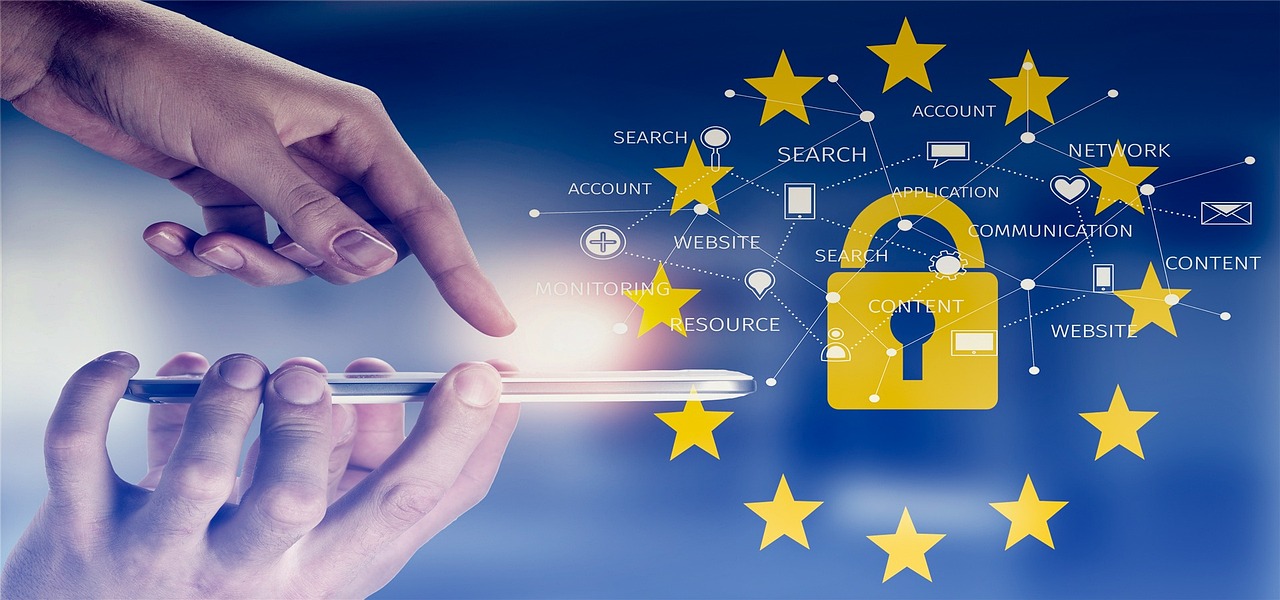
Data Privacy Risks
In the age of smart homes, where everything from your refrigerator to your thermostat is connected to the internet, the concerns surrounding data privacy have never been more pressing. These Internet of Things (IoT) devices are designed to make our lives easier, but they also collect a staggering amount of personal data. This data can include everything from your daily routines to your shopping habits, and while this information can enhance user experience, it also poses significant risks if it falls into the wrong hands.
One of the primary issues is that many IoT devices are not equipped with robust security measures. For example, a smart thermostat might track your heating preferences and daily schedules, but if it has weak encryption or outdated software, this information can be easily intercepted by hackers. Imagine leaving your front door unlocked; that’s essentially what it’s like when your IoT devices lack proper security protocols.
Data breaches can occur in various ways, such as:
- Weak Passwords: Many users opt for default passwords, which are often easy for hackers to guess.
- Unsecured Networks: Connecting IoT devices to unsecured Wi-Fi networks can expose them to unauthorized access.
- Insufficient Updates: Failing to regularly update device firmware can leave vulnerabilities unpatched.
When these devices are compromised, the consequences can be dire. Not only can hackers gain access to personal information, but they can also manipulate devices. For instance, if a hacker gains control of your smart security camera, they could spy on your home or even disable your security system entirely. This is a terrifying thought for any homeowner, as it directly impacts both privacy and security.
Moreover, the interconnected nature of IoT devices means that a breach in one device can lead to a domino effect, compromising your entire network. For example, if a hacker accesses your smart light bulbs, they could potentially gain entry to your smart lock, allowing them to enter your home undetected. It's like having a chain of locks where one weak link can lead to a complete failure of the system.
To mitigate these data privacy risks, homeowners must take proactive steps. This includes choosing devices from reputable manufacturers, regularly updating software, and using strong, unique passwords for each device. Additionally, employing network security measures such as firewalls and VPNs can significantly enhance your defenses against potential breaches.
In conclusion, while IoT devices bring convenience and efficiency to our lives, they also introduce serious data privacy risks that cannot be ignored. Awareness and proactive security measures are essential in safeguarding personal information in this increasingly connected world.
Q1: What are IoT devices?
A1: IoT devices are everyday objects that connect to the internet and can collect and exchange data. Examples include smart thermostats, security cameras, and smart appliances.
Q2: How can I protect my IoT devices?
A2: You can protect your IoT devices by using strong, unique passwords, keeping software updated, and securing your home network with firewalls and VPNs.
Q3: What should I do if I suspect a data breach?
A3: If you suspect a data breach, immediately disconnect the affected device from the internet, change your passwords, and monitor your accounts for any suspicious activity.
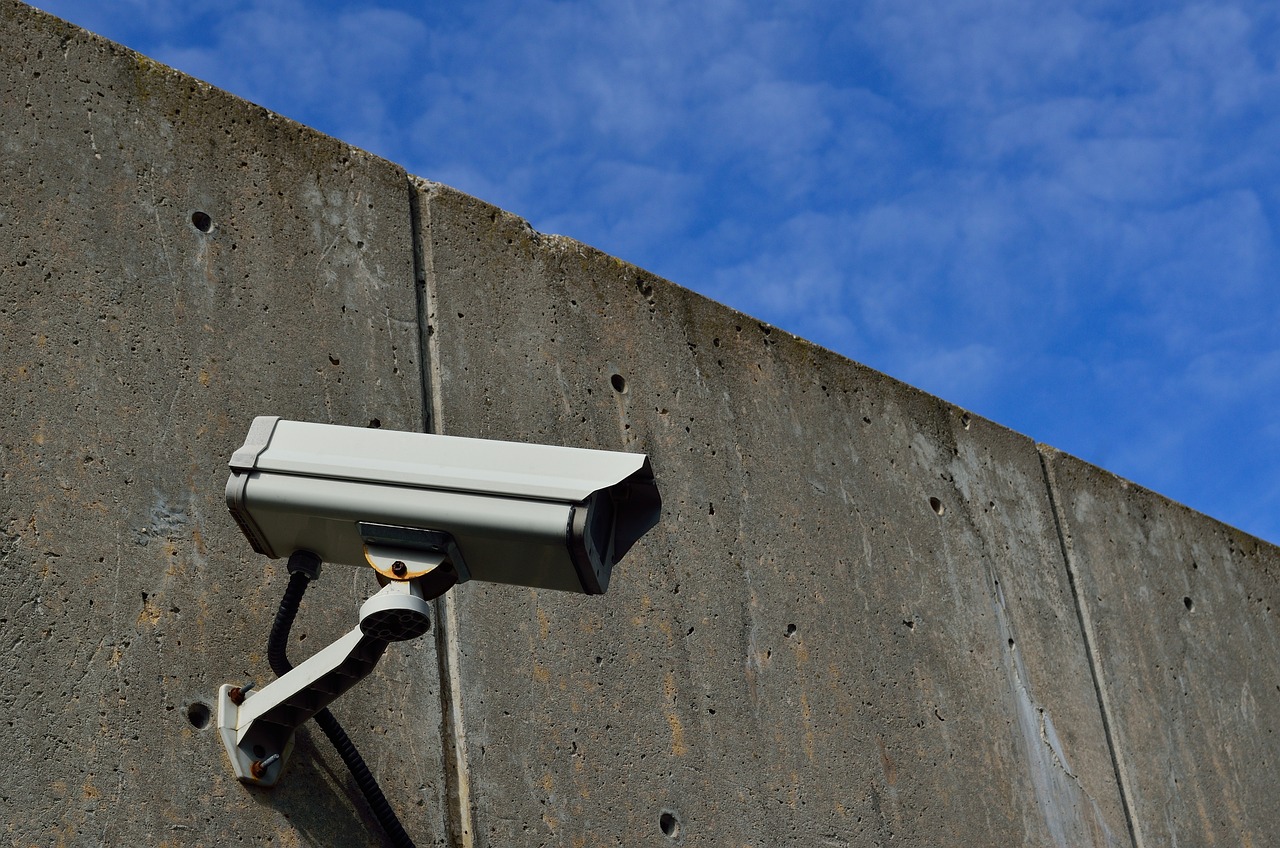
Unauthorized Access
In the realm of smart homes, is one of the most alarming threats that homeowners face. Imagine your front door unlocking without your permission, or your security camera streaming live footage to a hacker instead of your smartphone. This scenario is not just a figment of imagination; it’s a reality that can occur when IoT devices are not properly secured. The interconnected nature of these devices means that once a hacker gains access to one, they can potentially infiltrate others, leading to a cascading effect of breaches throughout your home.
How do hackers exploit these vulnerabilities? One common method is through default passwords. Many IoT devices come with factory-set passwords that users often forget to change. This is like leaving the front door of your house wide open, inviting anyone to stroll in. Additionally, outdated software can be a hacker's best friend. Devices that are not regularly updated may have known vulnerabilities that attackers can easily exploit. Hence, keeping your software up to date is crucial.
Moreover, the use of weak passwords can significantly increase the risk of unauthorized access. Homeowners often create simple passwords that are easy to remember but also easy for hackers to guess. A strong password should be complex, combining letters, numbers, and symbols. For instance, instead of using "password123," consider something like "P@55w0rd!2023" to enhance your security.
To illustrate the impact of unauthorized access, consider the following table:
| Type of Device | Potential Risk | Consequences |
|---|---|---|
| Smart Locks | Remote unlocking by hackers | Burglary or unauthorized entry |
| Security Cameras | Live feed hijacking | Privacy violations and stalking |
| Smart Thermostats | Temperature manipulation | Increased energy bills and discomfort |
It's essential for homeowners to recognize that unauthorized access is not just a technical issue; it's a personal security concern. The implications can range from minor inconveniences to severe breaches of privacy and safety. Being proactive in securing your IoT devices can help mitigate these risks. This includes changing default passwords, regularly updating software, and using two-factor authentication wherever possible.
In conclusion, unauthorized access to IoT devices poses a significant threat to home security. By understanding the methods hackers use and taking preventative measures, homeowners can better protect their smart technologies and, ultimately, their homes. Remember, the first step in securing your smart home is awareness and vigilance.
- What is unauthorized access in IoT? Unauthorized access refers to when a person gains entry to your IoT devices without permission, potentially compromising your home security.
- How can I prevent unauthorized access to my IoT devices? You can prevent unauthorized access by changing default passwords, keeping your software updated, and enabling two-factor authentication.
- What should I do if I suspect unauthorized access? If you suspect unauthorized access, immediately change your passwords, check device settings, and consider resetting the device to factory settings.
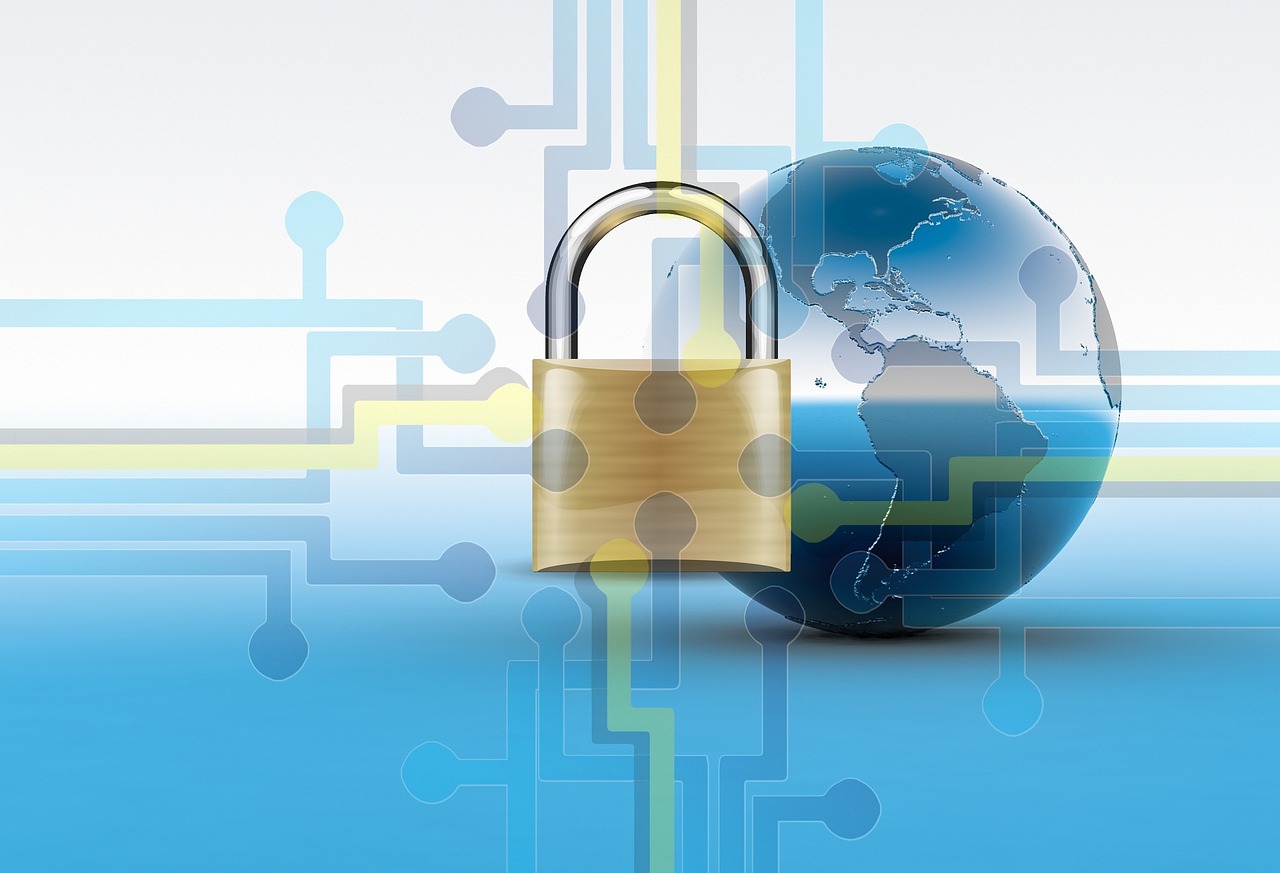
Device Interconnectivity Issues
In the realm of Internet of Things (IoT) devices, the term interconnectivity refers to the seamless communication between various smart devices within a home. While this interconnectedness enhances convenience—allowing homeowners to control everything from their lights to their security systems with a single app— it also introduces a host of security challenges that can compromise the entire network. Imagine your home as a well-orchestrated symphony: if one instrument is out of tune, it can affect the entire performance. Similarly, a single vulnerable device can serve as an entry point for cybercriminals, putting your entire smart home ecosystem at risk.
One of the most alarming aspects of device interconnectivity is the potential for a domino effect. When one device is compromised, hackers can often exploit weaknesses in other connected devices. For instance, if a smart thermostat has outdated software, a hacker could gain access to it and then use that foothold to infiltrate your security cameras or smart locks. This interconnected vulnerability amplifies the need for robust security measures, as the failure of one device can lead to a cascading series of breaches.
Consider the following common scenarios where interconnectivity can lead to significant security issues:
- Weak Links: Devices with weak security protocols can become the weak link in a chain, allowing unauthorized access to the entire network.
- Shared Credentials: Many users employ the same login credentials across multiple devices, which can make it easier for hackers to gain access to various systems if they crack just one.
- Outdated Firmware: Devices that are not regularly updated can harbor vulnerabilities that are well-known in the hacker community, making them easy targets.
Moreover, the sheer number of devices in a typical smart home can complicate security management. Homeowners often find it challenging to keep track of all the devices they own, their respective software versions, and the security measures in place. This lack of oversight can lead to instances where vulnerabilities are overlooked, creating a perfect storm for cyberattacks.
To mitigate these interconnectivity issues, homeowners should adopt a proactive approach to IoT security. Regularly updating software and firmware, changing default passwords, and employing strong, unique passwords for each device are crucial steps. Additionally, utilizing a dedicated network for IoT devices can help isolate them from more sensitive devices like computers and smartphones, reducing the risk of a widespread breach.
In conclusion, while the interconnectivity of IoT devices offers a level of convenience that many homeowners cherish, it is essential to remain vigilant about the security implications. By understanding the risks and taking appropriate measures, you can enjoy the benefits of a smart home without compromising your safety.
- What is IoT device interconnectivity? - It refers to the ability of various smart devices to communicate and work together within a home network.
- How can interconnectivity lead to security risks? - If one device is compromised, hackers can exploit vulnerabilities in other connected devices, potentially leading to a larger breach.
- What steps can I take to secure my interconnected devices? - Regularly update software, use strong and unique passwords, and consider isolating IoT devices on a separate network.
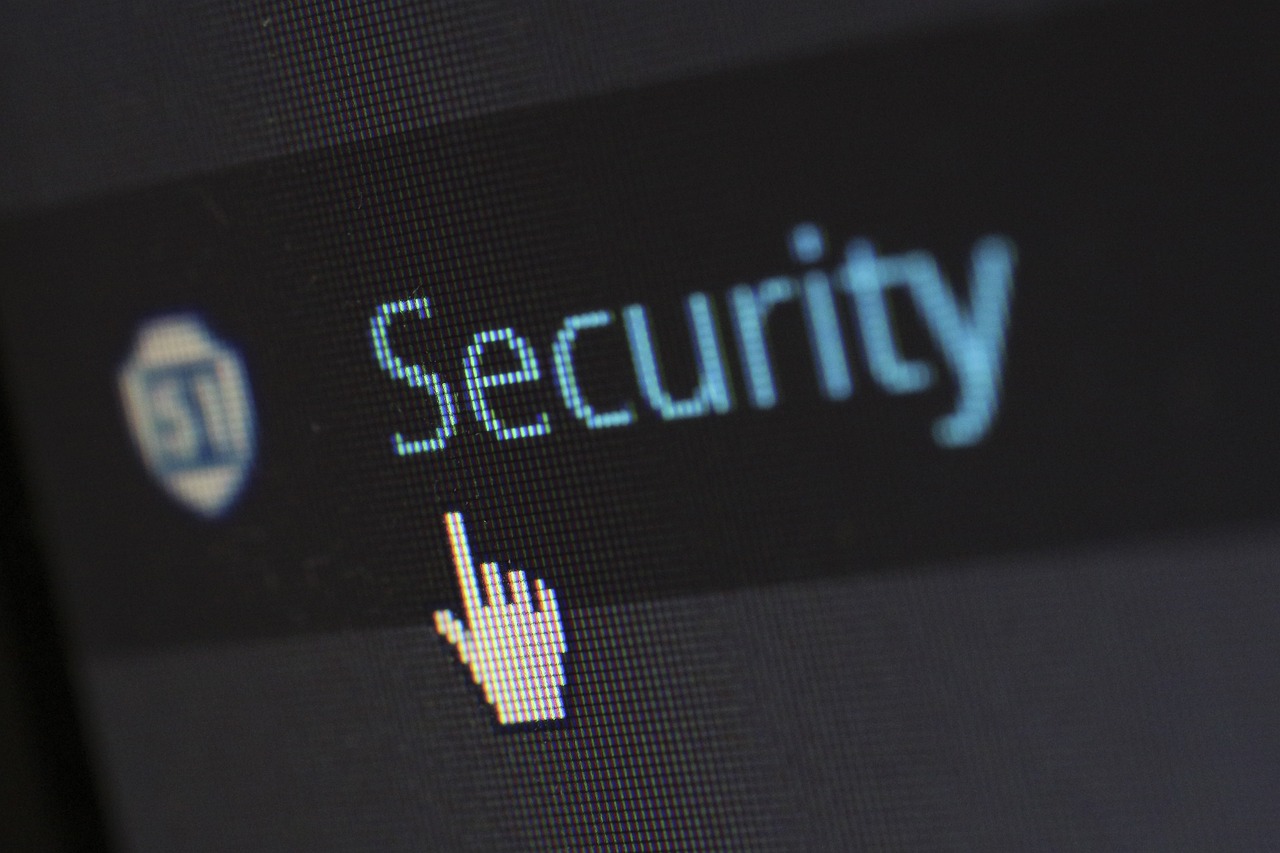
Best Practices for IoT Security
When it comes to ensuring the security of your Internet of Things (IoT) devices, adopting best practices is not just advisable; it's essential. Imagine your home as a fortress, and each IoT device as a door or window that can either protect you or let in unwanted guests. To fortify your fortress, consider the following strategies:
First and foremost, always change default passwords. Many devices come with generic usernames and passwords that are widely known. If you don’t change them, it’s like leaving the front door of your home wide open. Instead, create strong, unique passwords for each device. A good password should include a mix of uppercase and lowercase letters, numbers, and special characters. For example, instead of using "123456," consider something like "G@rden!2023." This simple change can significantly enhance your security.
Next, keep your devices updated. Just as you would regularly check the locks on your doors, you should also ensure that your IoT devices have the latest software updates. Manufacturers often release updates to fix known vulnerabilities, so ignoring these updates is akin to ignoring a warning about a broken lock. Set reminders to check for updates or enable automatic updates if the option is available.
Another critical practice is to segment your network. Think of your devices as guests at a party; not all guests should mingle freely. By creating a separate network for your IoT devices, you can limit the potential damage if one device is compromised. For instance, if your smart thermostat is hacked, a segmented network can prevent the hacker from accessing your personal computers or other sensitive information.
It’s also important to disable features you don’t use. Many IoT devices come with a plethora of features, but not all of them may be necessary for your needs. Features like remote access or voice commands can be convenient, but they can also introduce vulnerabilities. If you don't need a particular feature, turn it off. This reduces the number of entry points for potential attackers.
Lastly, consider using a VPN (Virtual Private Network) for an added layer of security. A VPN encrypts your internet connection, making it much harder for hackers to intercept your data. This is especially important if you frequently access your devices remotely. Think of a VPN as a secure tunnel that protects your information from prying eyes.
In summary, securing your IoT devices is a multifaceted approach that requires vigilance and proactive measures. By changing default passwords, keeping devices updated, segmenting your network, disabling unused features, and utilizing a VPN, you can significantly enhance the safety of your smart home environment. Remember, in the world of IoT, a little caution goes a long way in protecting your home and your privacy.
- What is the most important step to secure IoT devices? Changing default passwords is crucial as many devices come with easily guessable credentials.
- How often should I update my IoT devices? Regularly check for updates, ideally every month, or enable automatic updates if possible.
- Is it safe to use public Wi-Fi with IoT devices? It’s best to avoid using public Wi-Fi for accessing your IoT devices; consider using a VPN if you must connect.
- Can IoT devices be hacked? Yes, like any internet-connected device, IoT devices can be vulnerable to hacking if not properly secured.

Regulatory Standards and Compliance
The rapid expansion of Internet of Things (IoT) devices in homes has sparked a growing concern regarding their safety and security. As these devices become more integrated into our daily lives, the need for robust regulatory standards and compliance measures becomes increasingly critical. Governments and organizations worldwide are recognizing the importance of establishing guidelines that ensure the safe deployment and use of IoT technologies. These regulations aim to protect consumers from potential risks associated with data breaches, unauthorized access, and other vulnerabilities inherent in connected devices.
One of the primary regulatory frameworks currently in place is the General Data Protection Regulation (GDPR), which emphasizes the importance of data privacy and security for individuals within the European Union. Under this regulation, companies that manufacture or operate IoT devices must implement stringent measures to protect personal data collected from users. This includes ensuring that data is encrypted, minimizing data collection to what is necessary, and providing users with clear consent options. Failure to comply with GDPR can result in hefty fines, making it imperative for businesses to prioritize compliance.
In the United States, the Federal Trade Commission (FTC) has also taken steps to address IoT security concerns. The FTC has issued guidelines that encourage manufacturers to adopt reasonable security practices. These practices include conducting regular security assessments, providing timely software updates, and ensuring that devices are designed with security in mind from the outset. Moreover, the IoT Cybersecurity Improvement Act mandates that federal agencies adhere to specific security standards when acquiring IoT devices, further emphasizing the need for compliance in the public sector.
Despite these advancements, the regulatory landscape for IoT devices is still evolving. As technology progresses, new challenges will emerge, necessitating the continuous adaptation of existing regulations. To address these challenges, various industry groups and standards organizations, such as the Internet Engineering Task Force (IETF) and the Institute of Electrical and Electronics Engineers (IEEE), are working collaboratively to establish comprehensive standards that enhance the security and interoperability of IoT devices.
In addition to regulatory compliance, manufacturers are encouraged to adopt best practices for security, such as implementing strong authentication methods, ensuring regular software updates, and conducting thorough security testing prior to product release. By adhering to these practices, companies can not only comply with regulations but also build consumer trust and confidence in their products.
Ultimately, the success of IoT regulatory standards hinges on collaboration among stakeholders, including manufacturers, consumers, and regulatory bodies. By working together, we can create a safer environment for the use of IoT devices in homes, ensuring that the benefits of technology do not come at the expense of security and privacy.
- What are IoT regulatory standards? Regulatory standards are guidelines established by governments and organizations to ensure the safety, security, and privacy of IoT devices.
- Why are compliance measures important? Compliance measures help protect consumers from risks associated with IoT devices, such as data breaches and unauthorized access.
- How can manufacturers ensure compliance? Manufacturers can ensure compliance by implementing strong security practices, conducting regular assessments, and adhering to established regulations.
- What is GDPR? The General Data Protection Regulation is a European Union regulation that focuses on data privacy and security for individuals.
- How is the FTC involved in IoT security? The Federal Trade Commission provides guidelines for manufacturers to encourage reasonable security practices for IoT devices.
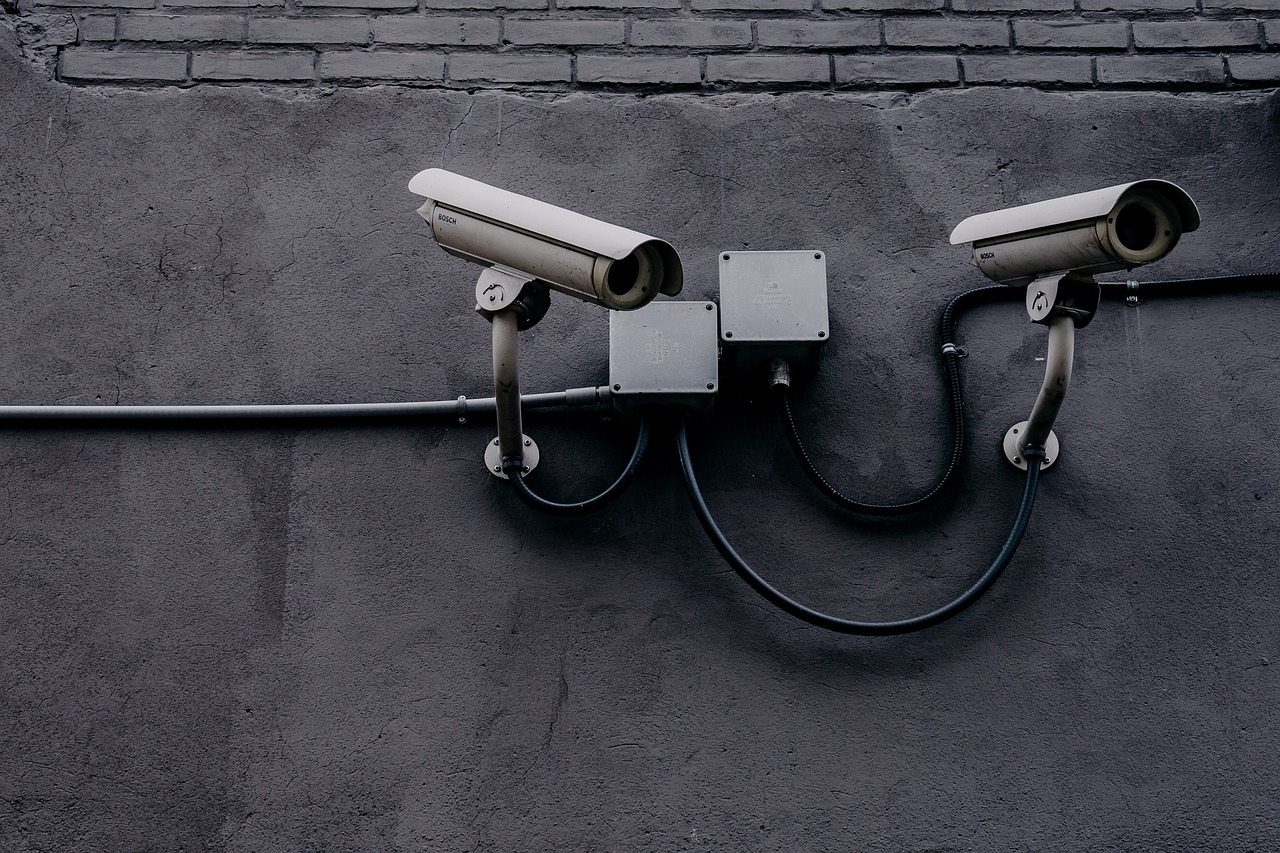
Future of IoT Security
The is a topic that has garnered significant attention as smart home technologies continue to proliferate. With the rapid advancement of IoT devices, we find ourselves at a crossroads where convenience meets potential risk. Imagine a world where your refrigerator can order groceries, your thermostat learns your preferences, and your security system alerts you to intrusions—all seamlessly connected. However, this interconnectivity comes with its own set of challenges. As we look ahead, several trends and technologies are emerging that promise to enhance the security landscape of IoT devices in our homes.
One of the most exciting developments is the rise of artificial intelligence (AI) in security protocols. AI can analyze patterns in data and detect anomalies that might indicate a security breach. For instance, if your smart camera notices unusual activity outside your home, it can immediately alert you and even contact local authorities. This proactive approach to security can significantly reduce response times and mitigate potential threats before they escalate. However, the integration of AI also raises questions about data privacy and the ethical use of surveillance technologies.
Moreover, the implementation of blockchain technology is being explored as a means to secure IoT devices. Blockchain offers a decentralized method of storing data, making it nearly impossible for hackers to manipulate or access sensitive information. By utilizing blockchain, manufacturers can provide a transparent and secure way to manage device identities and transactions. This could be a game-changer, especially in scenarios where multiple devices communicate and share data.
As we embrace these innovations, regulatory compliance will play a crucial role in shaping the future of IoT security. Governments and regulatory bodies are beginning to recognize the need for stringent security standards to protect consumers. This means that manufacturers will need to prioritize security in their designs, ensuring that devices are equipped with the latest security features and updates. Homeowners should be aware of these regulations and choose devices from reputable manufacturers that comply with industry standards.
Another vital aspect is the growing emphasis on user education. As consumers, we often underestimate the importance of securing our devices. Simple actions like changing default passwords, regularly updating software, and understanding privacy settings can go a long way in safeguarding our homes. In the future, we can expect more resources and tools aimed at educating users about IoT security, empowering them to take control of their home networks.
Lastly, the concept of self-healing networks is on the horizon. Imagine a network that can automatically detect and fix vulnerabilities without human intervention. As IoT technology evolves, the potential for self-healing capabilities could lead to a more resilient home security system. This would not only enhance security but also reduce the burden on homeowners to constantly monitor and manage their devices.
In conclusion, the future of IoT security is bright yet complex. With advancements in AI, blockchain, regulatory compliance, user education, and self-healing networks, the landscape will continue to evolve. However, it is essential for homeowners to remain vigilant and proactive in adopting these technologies. As we navigate this exciting frontier, understanding the implications of each innovation will be key to ensuring a safe and secure smart home environment.
- What are IoT devices? IoT devices are smart technologies that connect to the internet, allowing them to send and receive data. Examples include smart thermostats, security cameras, and light bulbs.
- How can I secure my IoT devices? You can enhance security by changing default passwords, keeping software updated, and using strong encryption methods.
- What is the role of AI in IoT security? AI can help detect unusual patterns and potential threats, enabling quicker responses to security breaches.
- Will regulations improve IoT security? Yes, as regulatory standards evolve, manufacturers will be required to implement better security measures, benefiting consumers.
- What is a self-healing network? A self-healing network can automatically identify and fix security vulnerabilities without human intervention, enhancing overall security.
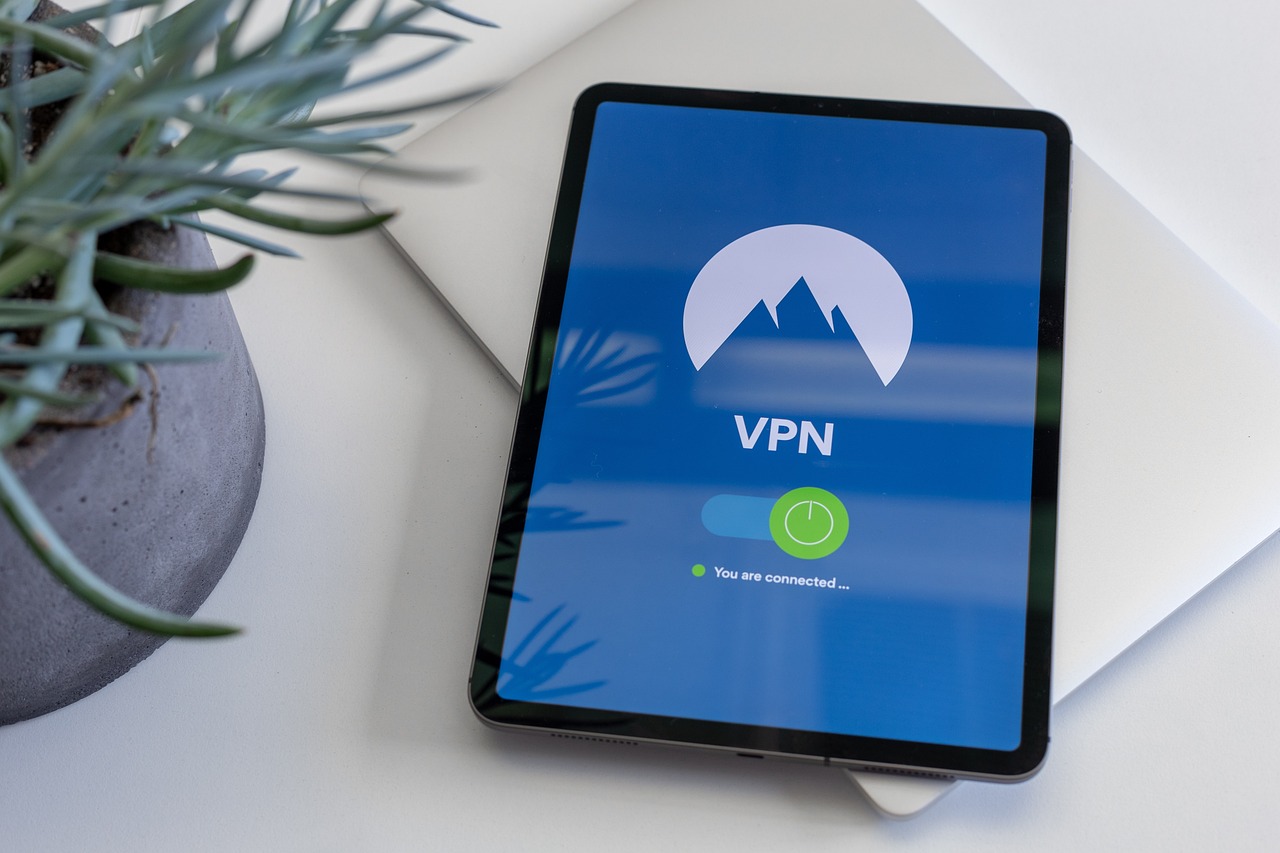
Conclusion: Ensuring Safe IoT Usage
In conclusion, while the Internet of Things (IoT) devices bring unparalleled convenience and efficiency to our lives, it is crucial to remain vigilant about their safety implications. As homeowners, we must recognize that with great technology comes great responsibility. The risks associated with these devices can be daunting, but by understanding them, we can take proactive measures to mitigate potential threats.
First and foremost, it's essential to stay informed about the latest security vulnerabilities specific to the IoT devices in your home. Regularly updating device firmware and software can significantly reduce the chances of exploitation. Moreover, adopting strong, unique passwords for each device is a simple yet effective step toward enhancing security. Think of your home network as a fortress; the stronger the walls, the harder it is for intruders to breach.
Furthermore, consider implementing a dedicated network for your IoT devices, separate from your main home network. This segmentation can help contain any potential breaches, preventing unauthorized access to your personal data and devices. Remember, the interconnected nature of IoT means that a vulnerability in one device can jeopardize the entire network.
As we look to the future, it’s evident that IoT technology will continue to evolve, and so will the security measures that accompany it. Regulatory standards are beginning to emerge, aimed at ensuring the safety and privacy of consumers. Staying abreast of these regulations and complying with them will not only protect your home but also contribute to a safer IoT landscape for everyone.
In summary, the key to ensuring safe IoT usage lies in a combination of awareness, proactive measures, and compliance with evolving standards. By taking these steps, we can enjoy the benefits of smart technology while minimizing the risks associated with it. After all, a secure home is a happy home!
- What are IoT devices? IoT devices are smart technologies connected to the internet that can collect and exchange data, such as smart thermostats, security cameras, and smart appliances.
- How can I secure my IoT devices? You can secure your IoT devices by regularly updating their software, using strong passwords, and creating a separate network for them.
- What risks do IoT devices pose? Risks include data privacy concerns, unauthorized access, and vulnerabilities due to device interconnectivity.
- Are there regulations for IoT device safety? Yes, various regulatory standards are being developed to ensure the safety and privacy of IoT devices.
Frequently Asked Questions
- What are IoT devices, and how do they work?
IoT devices, or Internet of Things devices, are smart technologies that connect to the internet, allowing them to collect and exchange data. Examples include smart thermostats, security cameras, and smart speakers. They work by using sensors and software to gather information and communicate with other devices, making our homes more efficient and convenient.
- What are the common security vulnerabilities associated with IoT devices?
Many IoT devices suffer from security vulnerabilities such as outdated software, weak or default passwords, and lack of proper encryption. These issues can lead to unauthorized access and data breaches, putting your home and personal information at risk.
- How can I protect my IoT devices from unauthorized access?
To protect your IoT devices, you should change default passwords, regularly update software, enable two-factor authentication, and use a secure network. Additionally, consider segmenting your home network to isolate IoT devices from other devices like computers and smartphones.
- What are the data privacy risks associated with IoT devices?
IoT devices often collect personal data, which can be vulnerable to breaches. If a hacker gains access to your device, they might steal sensitive information, such as your location, usage patterns, or even personal conversations, leading to privacy violations and potential identity theft.
- How does the interconnectivity of IoT devices increase security risks?
The interconnected nature of IoT devices means that if one device is compromised, it can provide a gateway for hackers to access other devices on the same network. This amplifies the risk, as a single vulnerability can jeopardize the entire system, making robust security measures essential.
- What best practices should I follow for IoT security?
To enhance IoT security, follow these best practices: regularly update device firmware, use strong and unique passwords, enable encryption where possible, monitor device activity, and disconnect devices that are not in use. These steps can significantly reduce your risk of being hacked.
- Are there any regulations governing IoT device safety?
Yes, as IoT technology evolves, various regulatory standards are being developed to ensure device safety and protect consumers. These regulations aim to establish guidelines for manufacturers regarding security measures and data privacy, helping to safeguard users and their homes.
- What does the future hold for IoT security?
The future of IoT security is likely to involve advanced technologies such as artificial intelligence and machine learning to detect and mitigate threats in real-time. As the landscape continues to evolve, staying informed about emerging trends and implementing proactive security measures will be crucial for homeowners.



















